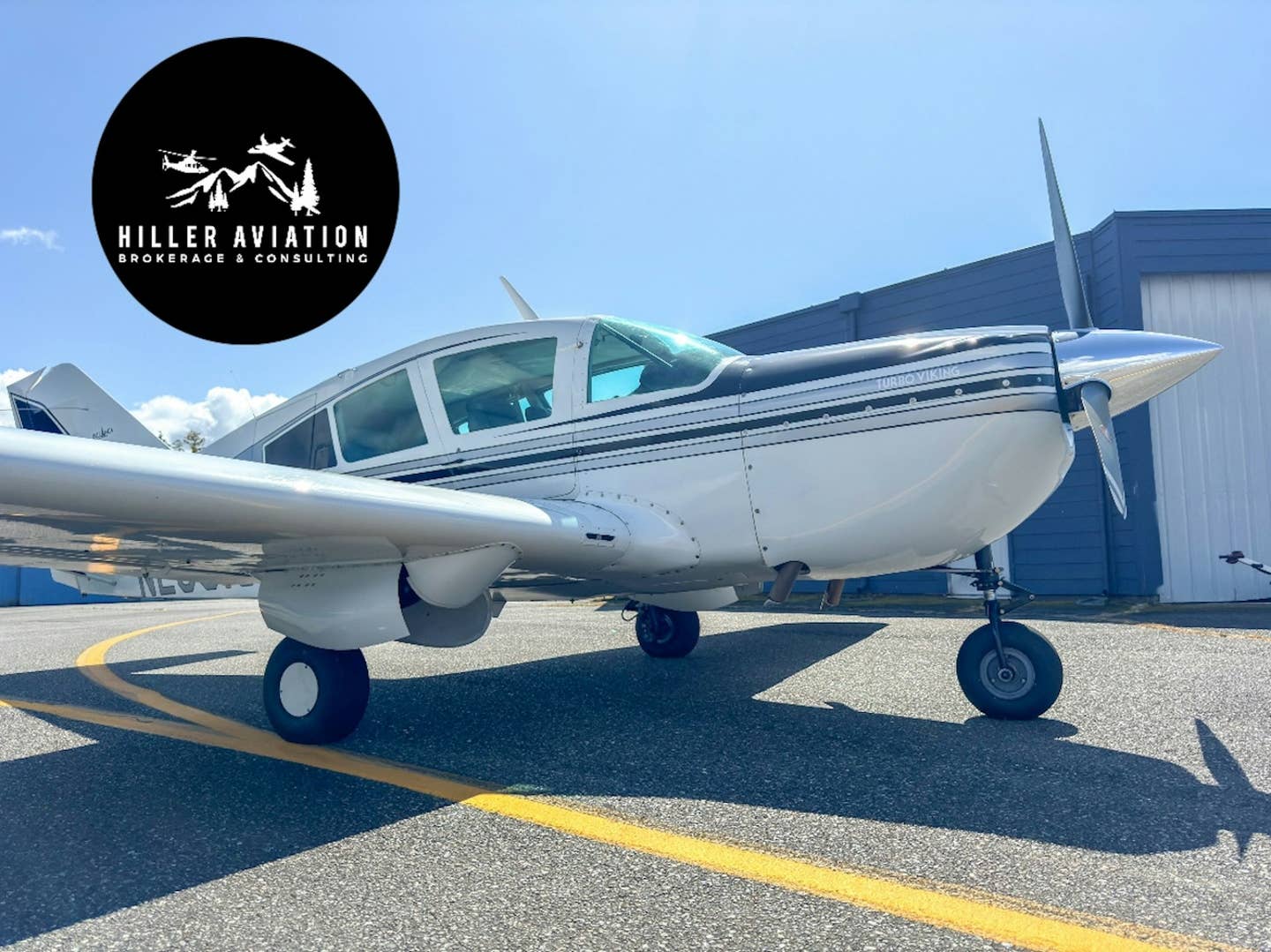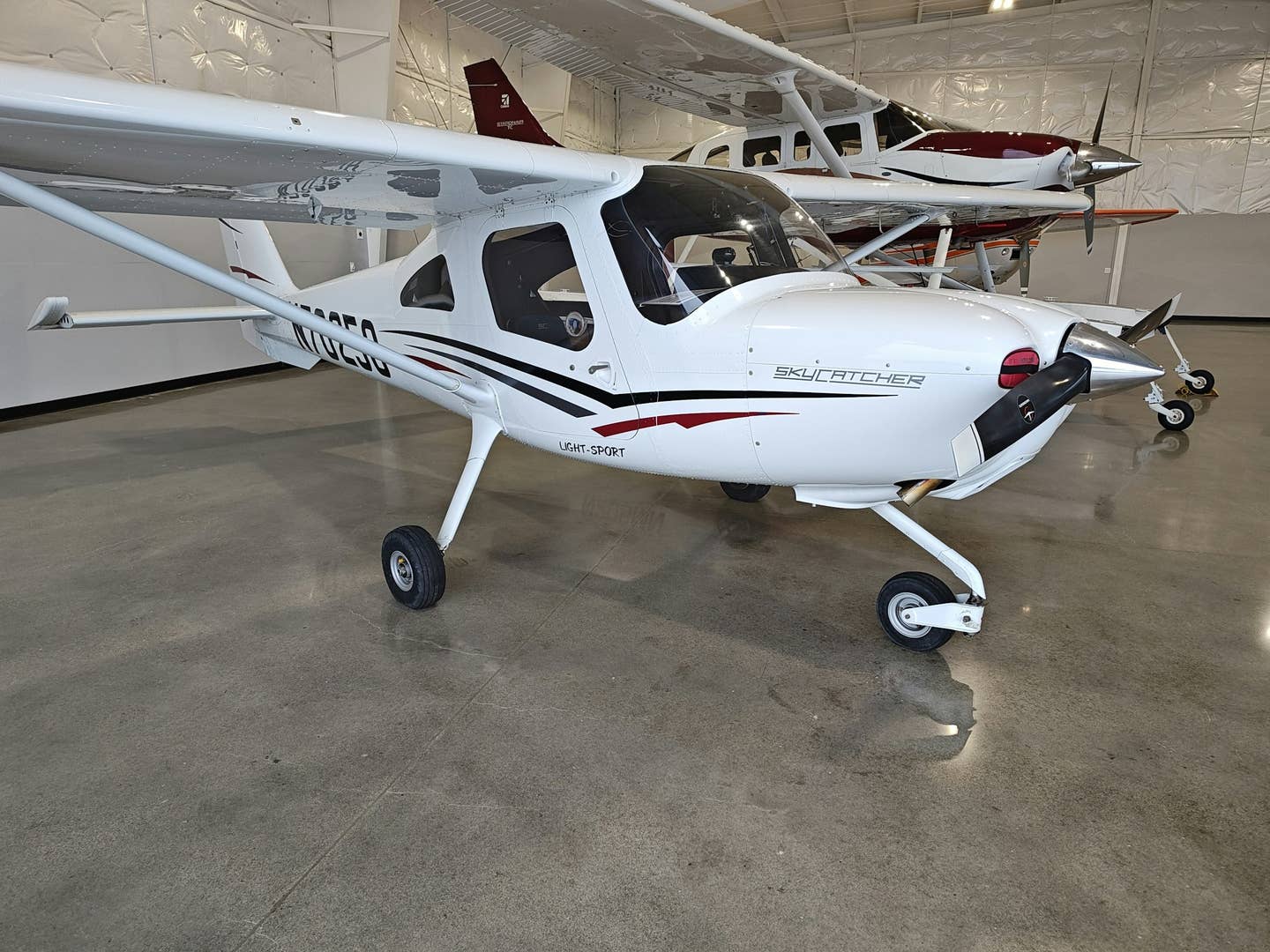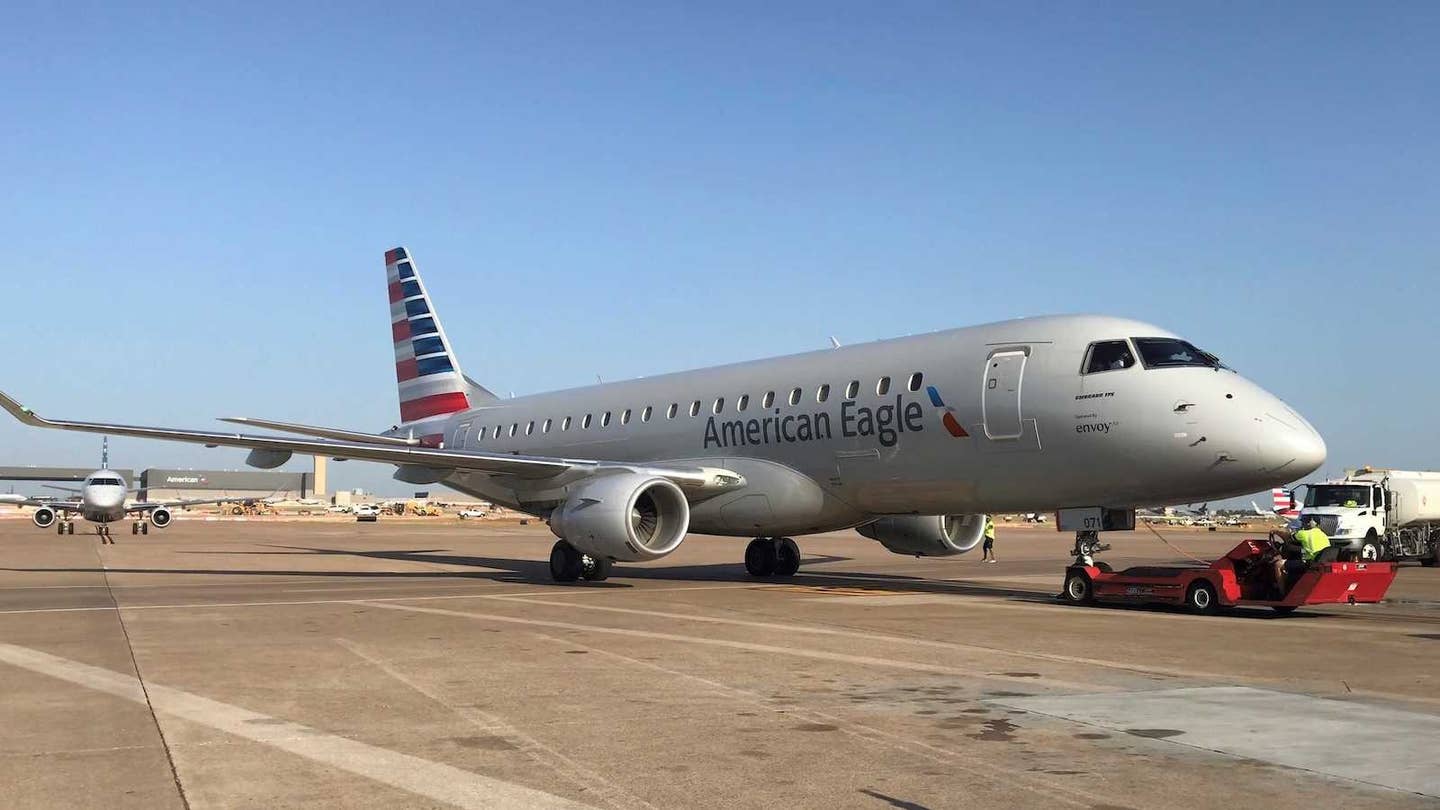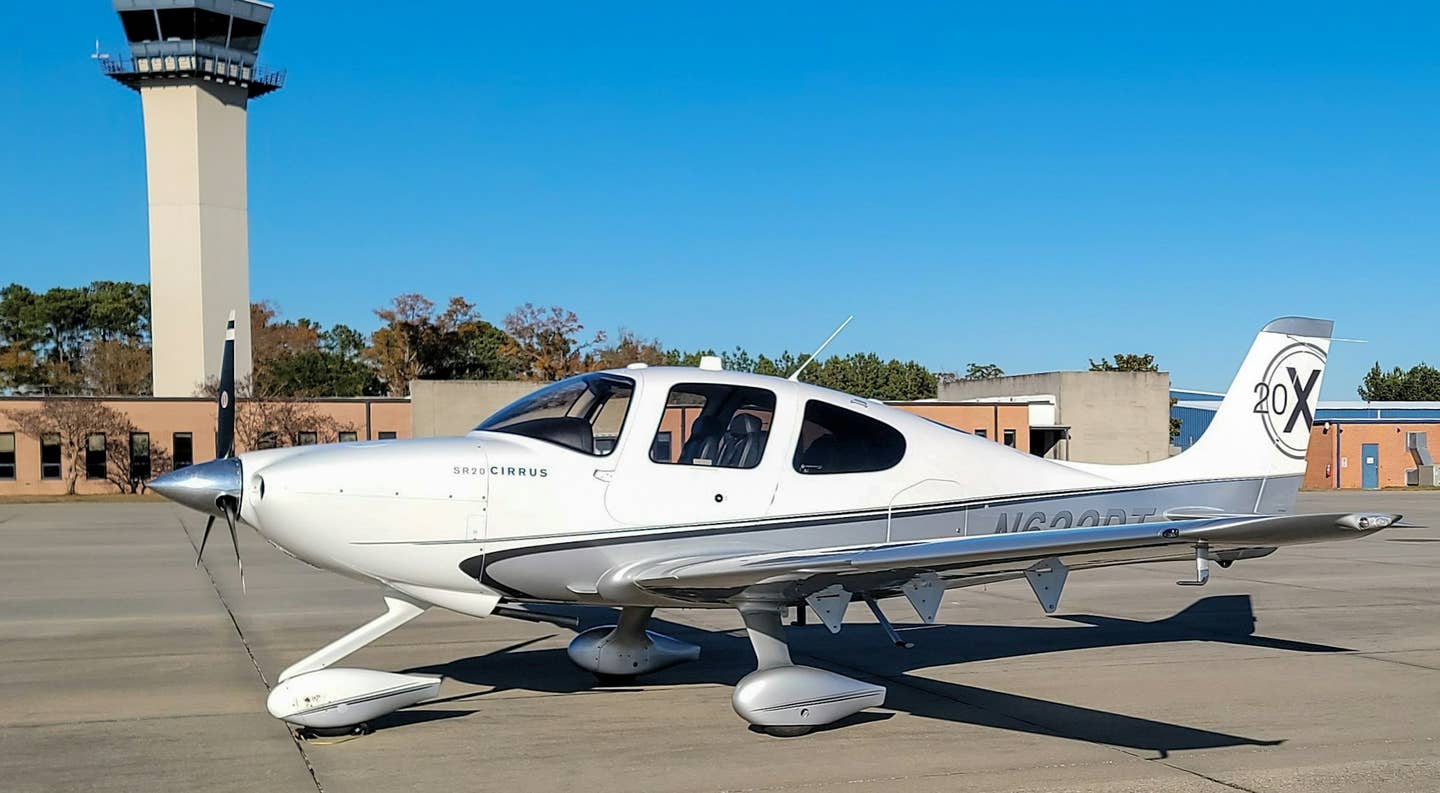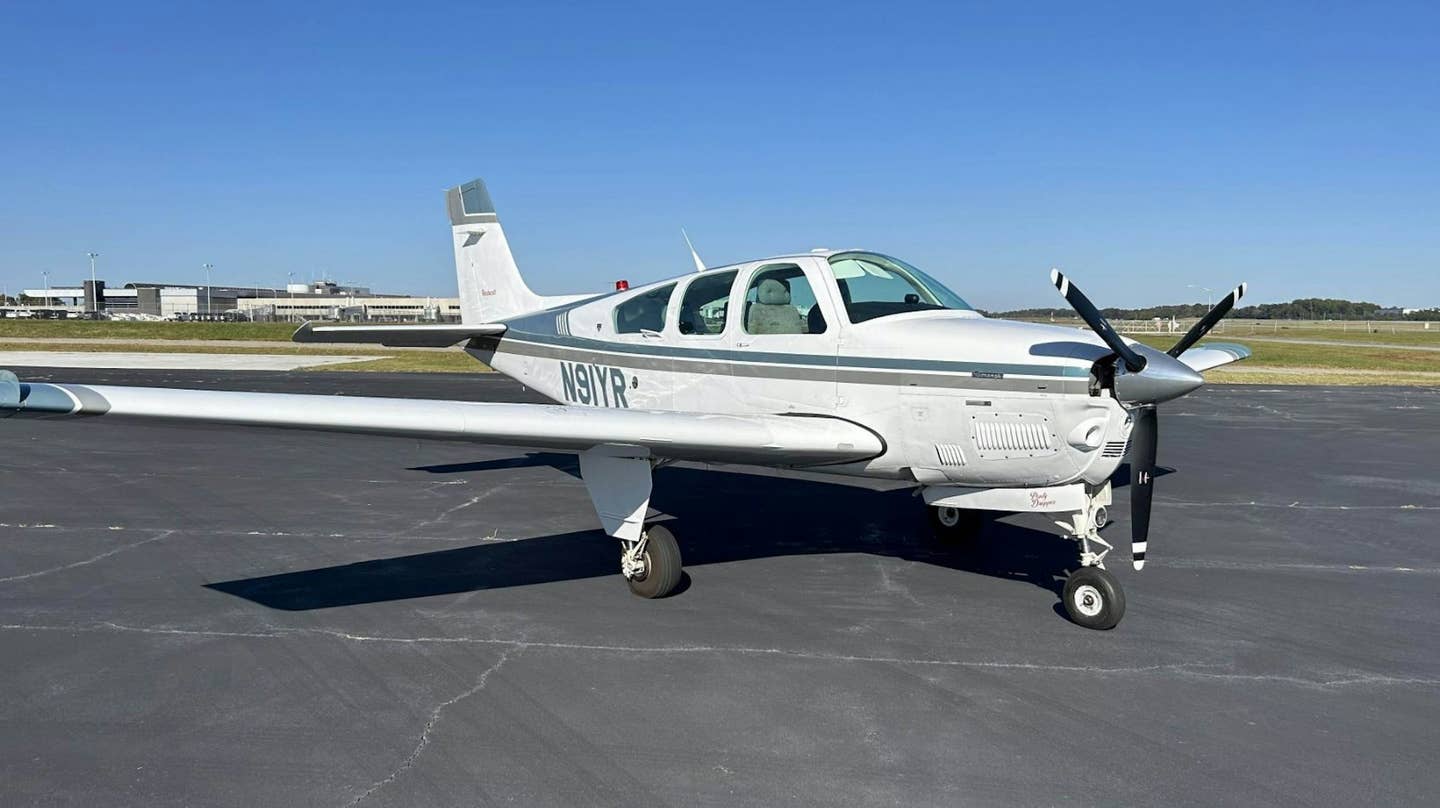
Many years ago the author Richard Bach, then writing for Flying, proposed that the solution for a pilot who had flown into a box canyon and could not turn between its walls was to pull up into a vertical climb, perform a stall turn and recover going in the other direction.
Pilots who had never performed a stall turn in their lives and hoped never to have to probably did not find this advice helpful. For them, it was preferable to not fly into a box canyon at all, or, if they had to do so, to do it in a helicopter.
But wait — maybe not even in a helicopter.
On Sept. 20, 2005, four R22 helicopters left the Robinson factory in Torrance, California, on a delivery flight to a North Las Vegas operator. Delayed until early afternoon by weather, the first helicopter left Torrance at around 2 o'clock, followed by the other three a few minutes apart. The last R22 in the flight departed at 2:25.
The planned route called for flying northeastward across the Los Angeles basin, which is lined along its northern edge by mountains that rise as high as 10,000 feet, and then jogging north through the Cajon Pass just northwest of San Bernardino. The pass opens into the Mojave Desert, a plain consisting, in its southern and western portions, mainly of desiccated scrub and godforsaken flight-testing meccas, relieved, farther to the northeast, by charmless, unvegetated volcanic crags of blackish color. Through this unpromising landscape runs the very heavily traveled Interstate 15, which connects potbellies of Los Angeles with the fleshpots of Las Vegas. Several mountains rise immediately southwest of Las Vegas; the interstate takes a small detour there, bending around their southern edge and approaching the city from the south.
The helicopters were to follow the interstate. The expected time en route was about 2.6 hours — a squeeze given the R22's cruising duration of three hours. The length of the flight was a problem for the last pilot, who had told the others that he had to be home by 4 o'clock. He had been overheard assuring someone who called him several times on his cell phone that he would be, but even if he had been the first to depart, he could not have kept his promise. Having taken off at 2:25, he had no hope of reaching even the North Las Vegas airport, let alone his home, before five. To complicate matters, there was some rain and lightning in the Mojave. It was generally north of the highway, however, and the planned route was VFR.
The first three helicopters arrived at North Las Vegas on schedule. The fourth did not.
The next day, searchers found the wreckage of the R22 on a steep mountainside 46 nautical miles southwest of its destination. The accident site, at an altitude of 3,370 feet, was on a ridge so inconsequential that it scarcely merits a contour line on the VFR chart. A number of drainages converge there into a dry riverbed called Kingston Wash; one of them is a canyon rising toward the northeast and, in the words of the National Transportation Safety Board's report on the accident, "boxed in … with high terrain and slopes surrounding the only entry or egress route on the southeast end." The wreckage was oriented in a westerly direction, suggesting that the pilot had found himself unable to advance through the canyon because of low ceilings — an area of IFR conditions with ceilings lower than 1,000 feet was depicted on the weather chart for the time and place of the accident — and was trying to turn back.
The lead pilot had, in fact, made a radio call to the others reporting that there was a storm system north of the Silver MOA, a narrow trapezoid of military-operations airspace with a floor at 3,000 agl that lies northwest of, and roughly parallel to, the highway. The last helicopter was too far behind the first to hear him; one of the other pilots tried to relay the warning but was unsuccessful.
The accident helicopter had evidently flown under the MOA; the accident site was just a few miles beyond its eastern edge, on a line from the Cajon Pass to North Las Vegas. The helicopter was equipped with GPS, and it appeared that the pilot had elected to use the great circle rather than follow the highway, presumably because he felt pressed for time and hoped to save a little by avoiding the bends in the road. The NTSB says that he would have saved 17 minutes by taking the direct route. I'm not sure that's correct; I checked the mileages and found a difference of only 14 nm — about nine minutes at the R22's cruising speed of 90 knots.
The probable cause of the accident, according to the NTSB, was "the pilot's continued VFR flight into adverse weather conditions that resulted in a collision with mountainous terrain. Contributing to the accident was the obscuration of mountainous terrain by rain and low clouds, moderate turbulence and the pilot's self-induced pressure to be at his destination by 4:00."
Somewhat ironically, the accident occurred at 4 o'clock.
"Self-induced pressure" is convenient shorthand for all kinds of ill-defined motives and obscure decision-making processes. In a sense, all pressure is self-induced, since, unless a pilot has a gun to his head, he is always free to resist pressure from bosses, clients, spouses or peers. Free, of course, is not the same as able. The NTSB did not interview the person whom the pilot had promised he would be home by 4, and so the accident report does not reveal how urgent his timely return really was. Did he need to be back to sign mortgage papers, or to go to the store? Nor do we know, though it would be helpful in understanding his actions, how candid a discussion had surrounded his commitment to be back at a certain time. Any pilot knows that it is impossible to say with certainty that a flight will get to a particular place at a particular time; too many unforeseen things can happen. But all decision-making requires weighing probabilities, and so we — consciously or unconsciously — often exaggerate our certainty in order to bolster our case for making the trip in the first place.
The 880-hour commercial pilot, who held instrument, flight and ground instructor ratings, was familiar with the route he was flying, and so his decision to go direct, if you separate it from its unfortunate outcome, might not have been a rash one. In fact, it might not have been influenced at all by his sense of being late for an appointment. He might have decided well in advance of takeoff to go direct to North Las Vegas; that was the route he had entered earlier that day on a ferry authorization form, when he might or might not have known that he would be late.
Once past Daggett, California, which is about halfway between Los Angeles and Las Vegas, he could presumably see the stormy weather north of the Silver MOA as well as the lead pilot could, and he evidently judged it passable. But mountainous terrain, however familiar, can look quite different when traversed at 500 feet under a low ceiling than it did on a previous flight at 1,000 feet under clear skies. It is extremely easy to turn up the wrong valley or to mistake a dead-end canyon for a pass. Did he reflect that if he had to double back, he would be running quite low on fuel?
On the other hand, the rules for helicopters are not the same as those for airplanes. A helicopter can stop, turn around in place and go back the way it came. In a pinch it can even set down and wait out bad weather. The go/no-go decision for a helicopter pilot is quite different from that for a fixed-wing pilot, and conditions have to be pretty frightful before one can say that a helicopter pilot's decision to make a flight was a rash one.
The NTSB identified moderate turbulence as a factor. This is just a guess, of course; the weather analysis for the remote area of the accident, based on satellite observations, judged light to moderate rain and moderate turbulence to be likely, and the fact that the helicopter crashed strongly suggests that it encountered unusually adverse local conditions. The presence of lightning implies vertical air movement that might have interacted with the rough terrain to produce treacherous winds.
The accident raises once again the caution that GPS direct navigation may expose pilots to greater risks than pilotage would. GPS provides a combination of convenience and precision that seems to be irresistible, but I know of at least one case of an airplane that hit an isolated mountain at night because the mountain happened to lie precisely upon his great circle.
Is the ideal, minimum-length track that much better than making doglegs to follow a road or avoid a mountain? Not really. The difference in time and distance between a straight line and a crooked one is smaller than you might suppose. A 20-degree deviation on a 100-mile leg, corrected at the midpoint, carries you 17 miles away from a straight line but adds only 6.4 miles to the length of the trip. A 10-degree dogleg increases the distance by only 1.5 miles — hardly enough to take a chance for.
This article is based on the NTSB's report of the accident and is intended to bring the issues raised to our readers' attention. It's not intended to judge or to reach any definitive conclusions about the ability or capacity of any person, living or dead, or any aircraft or accessory.

Sign-up for newsletters & special offers!
Get the latest FLYING stories & special offers delivered directly to your inbox

